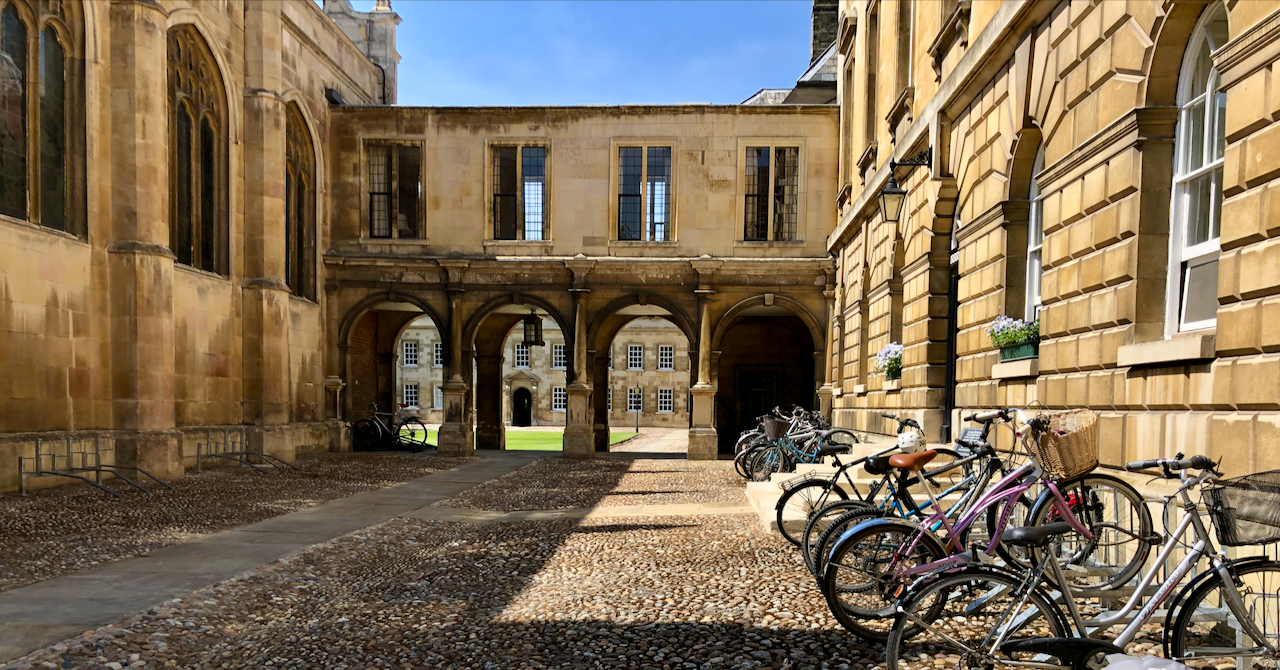Why does Myc drive out T cells?
In the initial parts of the broader story on MYC, we have covered a basic primer on the MYC oncogene, including a look at the key work from the labs of Dean Felsher in Stanford (liver model) and Gerard Evan in Cambridge (lung and pancreas models) to set the scene.
We also heard from Dr Jay Bradner at NIBR about his work wth bromodomains and PRC2 and how deep transcription factors might interact with the immune system.
A couple of years ago at AACR, Prof Evan gave a wonderful talk about his Myc model in a session on ‘Drugging the Undruggable’ and happened to put up a dramatic slide that really caught my attention – MYC and RAS drive out T cells – and I was thinking why, how do they do that? I wanted to know more about this effect because unless we understand how and why it happens, that maybe we can possibly go about tackling cold/non-inflamed tumours in a more informed way when these oncogenes are actively controlling and driving the tumour growth.

Cambridge, UK
For me, the logical next step in this ongoing story on understanding MYC is actually to explore the biology a bit further – what have we learned from animal experiments that might teach us some clues about where to start looking if we want to go about drugging something therapeutically that’s not in the normal kinase domain like many so called ‘druggable’ targets are?
To answer this question and many others, we travelled over 7,000 miles as a the crow flies and tracked down the great man himself in Cambridge UK. We ended up with one of my all time favourite interviews that we’ve been privileged to hear at BSB…
To learn more from our latest oncology expert interview and get a heads up on key cancer research insights, subscribers can log-in or you can click to gain access to BSB Premium Content.
This content is restricted to subscribers